How to Store and Organize Your Kitchen Spices
Are you tired of rummaging through cluttered cabinets and drawers to find the right spice for your cooking? It's time to revolutionize the way you store and organize your kitchen spices. By implementing efficient storage solutions, you can not only maximize the freshness and accessibility of your spices but also enhance the overall functionality of your cooking space.
One of the key elements in creating a well-organized spice collection is the use of spice racks. These handy tools not only provide easy access to your spices but also add a decorative touch to your kitchen. By displaying your spices on a rack, you can quickly locate the one you need without any hassle. When choosing a spice rack, consider the size and style that best fits your kitchen layout and design.
Labeling and categorizing your spices is another crucial step in maintaining an organized kitchen. By labeling your spice containers and categorizing them by type or usage, you can easily identify each spice at a glance. Whether you opt for printed labels or creative DIY solutions, ensuring that each spice is clearly marked will save you time and effort during cooking.
For those with limited counter space, creating a spice drawer can be a game-changer. Utilize drawer inserts and dividers to customize your spice storage and keep everything neatly organized. A well-organized spice drawer not only saves space but also makes it convenient to access your spices while cooking.
If you're feeling adventurous, why not try some DIY spice storage solutions? From magnetic spice jars to repurposed containers, the possibilities are endless. Not only are these solutions practical, but they also add a unique touch to your kitchen decor. Get creative and experiment with different storage ideas to find what works best for you.
Don't forget to make use of vertical space in your kitchen. Wall-mounted spice racks, hanging baskets, and other vertical storage options can help you make the most of limited space. By utilizing vertical storage, you can keep your spices within easy reach while freeing up valuable counter and cabinet space.
When it comes to storing spices in your pantry, organization is key. Create a designated spice storage area in your pantry and arrange your spices in a way that makes them easily accessible. Consider using clear containers or labels to identify each spice quickly. By keeping your pantry organized, you can ensure that your spices stay fresh and flavorsome.
To maintain the freshness and flavor of your spices, it's essential to properly seal their containers. Choose airtight containers with secure seals to prevent moisture and air from affecting the quality of your spices. By sealing your spice containers correctly, you can prolong the shelf life of your spices and enhance their flavor in your dishes.
Lastly, don't forget to regularly review and refresh your spice collection. Over time, spices can lose their potency and flavor, so it's crucial to check for any expired or stale spices. Establish a routine for reviewing your spices and replace any that are past their prime to ensure that your dishes are always bursting with flavor.
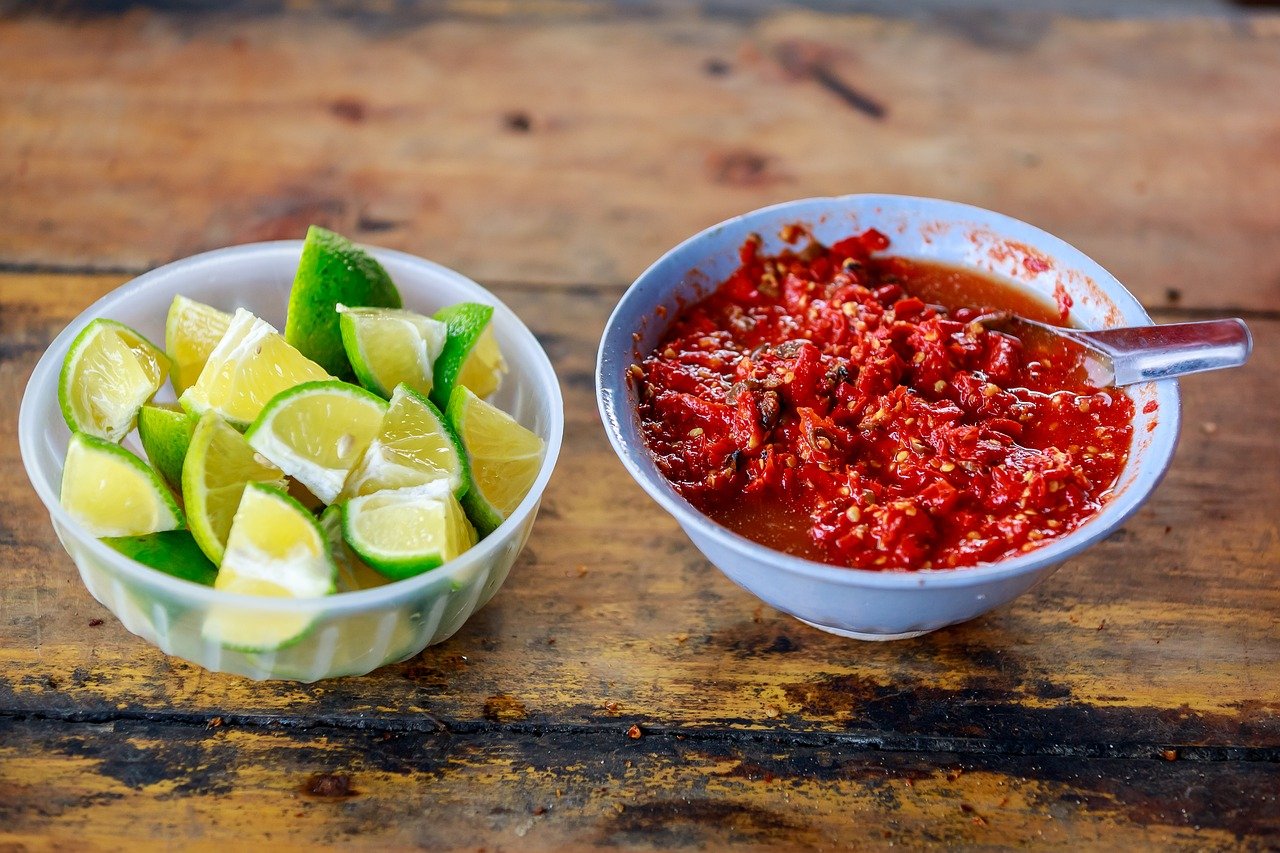
Utilizing Spice Racks
When it comes to organizing your kitchen spices, utilizing spice racks can be a game-changer. Not only do they provide easy access to your favorite seasonings, but they also add a decorative touch to your kitchen space. By having your spices displayed on a rack, you can quickly see what you have on hand and avoid rummaging through cluttered cabinets or drawers.
One of the key benefits of using spice racks is the convenience they offer. Imagine having all your spices neatly arranged in one place, within arm's reach while you're cooking. No more searching through a mess of bottles and jars to find the right seasoning for your dish. With a well-organized spice rack, you can streamline your cooking process and focus on creating delicious meals without the hassle of searching for ingredients.
When choosing a spice rack for your kitchen, consider the size and style that best fits your space and decor. Whether you opt for a wall-mounted rack, a countertop stand, or a cabinet insert, make sure it complements your kitchen's aesthetic while providing efficient storage for your spices. You can also customize your spice rack with labels or color-coding to further enhance organization and accessibility.
By utilizing spice racks in your kitchen, you not only declutter your cooking area but also create a visually appealing display of your favorite seasonings. Say goodbye to disorganized spice cabinets and hello to a well-organized and efficient cooking space with the help of a functional spice rack.
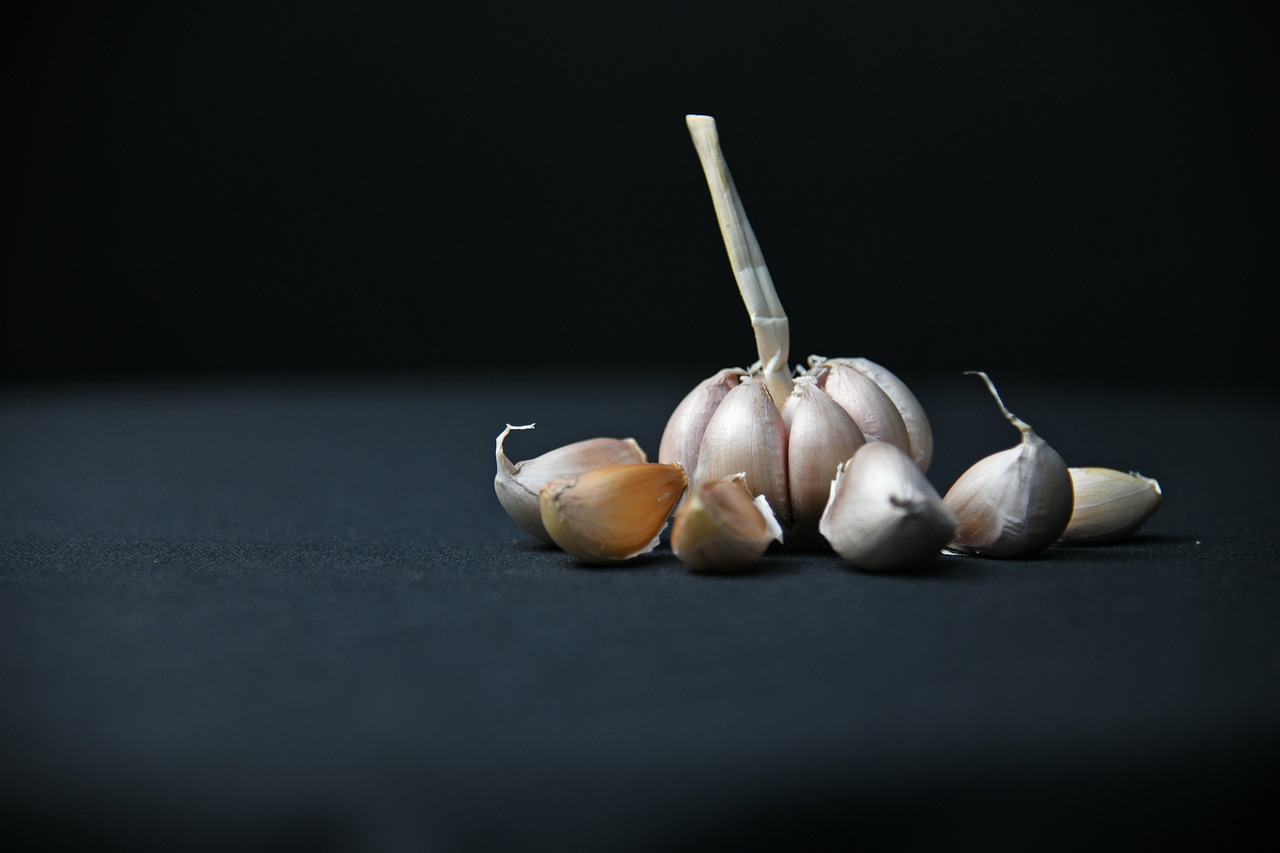
Labeling and Categorizing Spices
When it comes to organizing your kitchen spices, labeling and categorizing play a crucial role in ensuring easy access and efficient cooking. Imagine a well-organized spice cabinet where each jar is labeled clearly, allowing you to find the exact spice you need without any hassle. By categorizing your spices based on type or usage, you can create a system that streamlines your cooking process.
One effective way to label your spice containers is by using a labeling machine or simply writing on adhesive labels. Consider categorizing your spices into groups such as herbs, seeds, powders, or blends to make it easier to locate them while cooking. You can also create a spice inventory list to keep track of your spice collection and ensure you never run out of your favorite flavors.
For a more visual approach, consider using color-coded labels or organizing your spices in clear containers so you can easily identify them at a glance. Additionally, arranging your spices alphabetically or based on frequency of use can further enhance the organization of your spice collection.
When categorizing your spices, think about how you use them in your recipes. Grouping spices commonly used together, such as cumin and coriander or basil and oregano, can help you quickly locate the perfect combination for your dishes. By creating a well-structured system for labeling and categorizing your spices, you can transform your kitchen into a culinary haven where every flavor is at your fingertips.
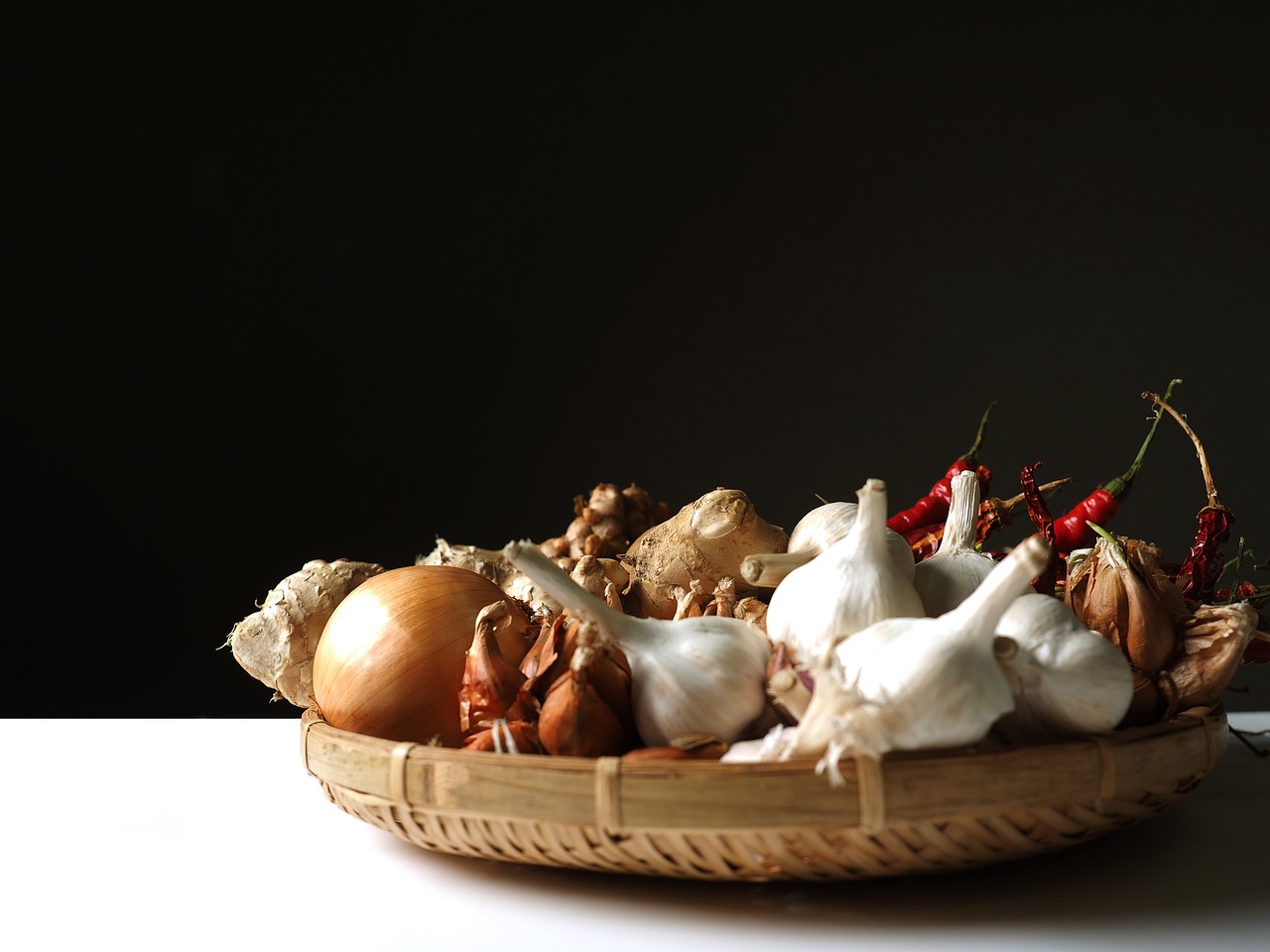
Creating a Spice Drawer
When it comes to organizing your kitchen spices, creating a dedicated spice drawer can be a game-changer. Not only does it keep your spices neatly arranged and easily accessible, but it also helps in maximizing the efficiency of your cooking space. To start, consider investing in drawer inserts or dividers that are specifically designed for spice storage. These inserts can help you customize the layout of your drawer to fit different sizes of spice containers and prevent them from rolling around.
Another creative idea for creating a spice drawer is to use small mason jars or glass containers with airtight lids. This not only keeps your spices fresh but also allows you to see the contents clearly without having to rummage through multiple containers. Labeling each jar with the spice name can further enhance the organization and ease of use.
Additionally, consider arranging your spice jars in a single layer within the drawer to easily view and access each spice without having to shuffle through multiple layers. This layout not only saves you time during cooking but also adds a visually appealing touch to your kitchen storage.
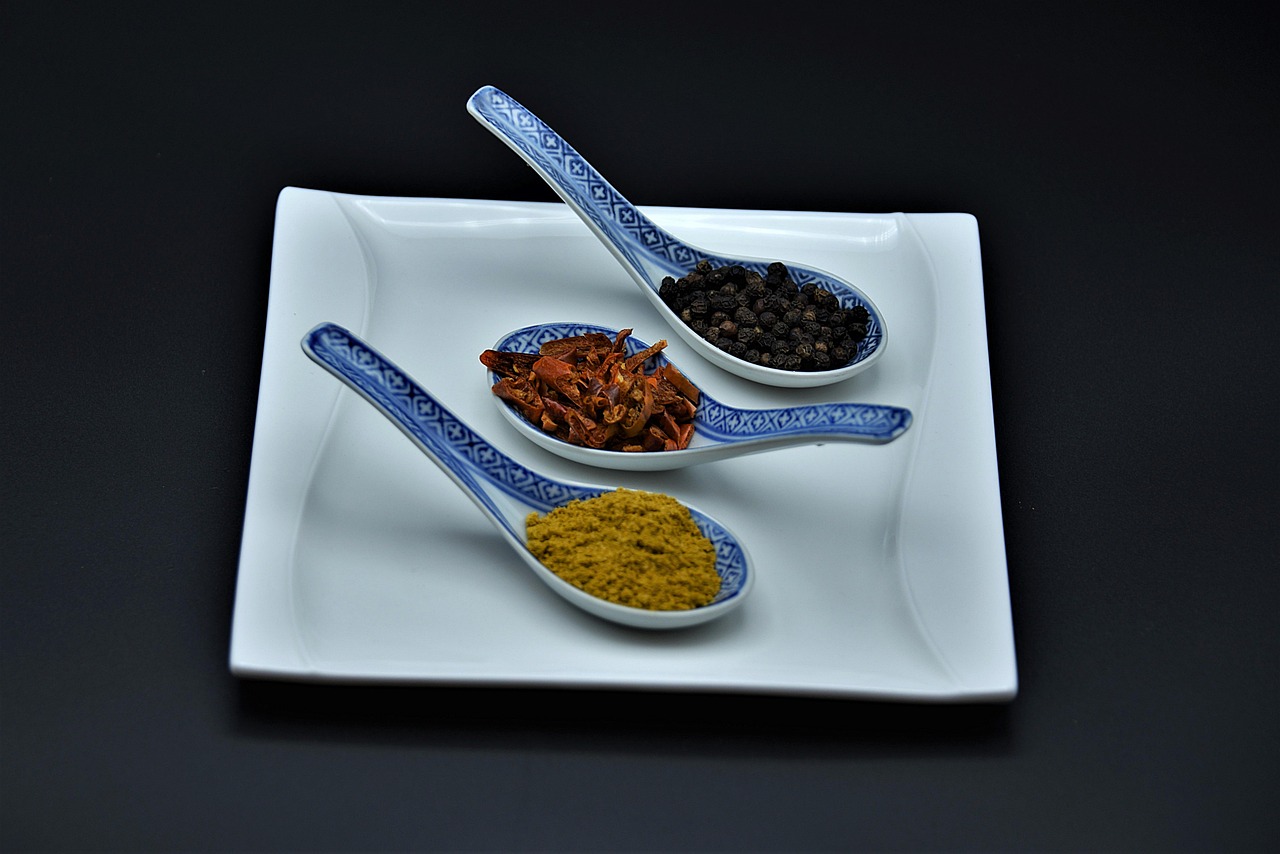
DIY Spice Storage Solutions
When it comes to organizing your kitchen spices, DIY solutions can offer a perfect blend of creativity and functionality. One popular option is to repurpose old jars or containers to store your spices. Not only does this add a unique touch to your kitchen decor, but it also allows you to customize the size and style of your spice storage.
Another innovative DIY idea is to create magnetic spice jars that can be easily attached to the side of your refrigerator or a metal surface. This not only saves space in your cabinets but also adds a modern and sleek look to your kitchen. You can even label the jars with chalkboard paint for a stylish and practical touch.
If you're a fan of upcycling, consider using small mason jars or tin cans to store your spices. These can be painted or decorated to match your kitchen aesthetic and then mounted on a wooden board or hung from hooks for easy access. This DIY approach not only saves money but also adds a personal touch to your spice storage solution.
For those who enjoy a rustic look, repurposing old wooden crates or pallets into spice shelves can be a charming and functional DIY project. By sanding and staining the wood to your desired finish, you can create a unique spice storage display that adds character to your kitchen while keeping your spices organized and accessible.
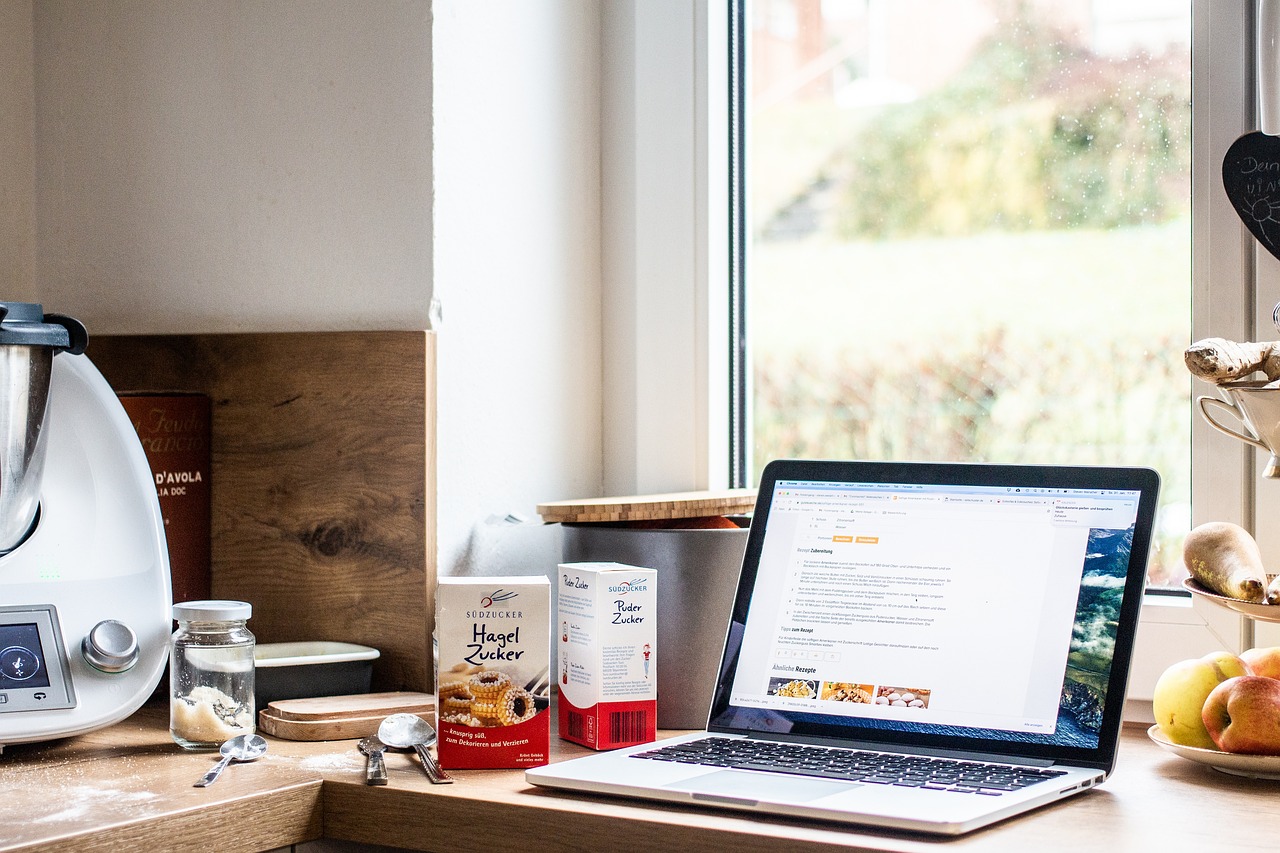
Utilizing Vertical Space
When it comes to optimizing your kitchen space, don't forget about utilizing the often underutilized vertical space. Think of your walls as valuable real estate that can be transformed into efficient spice storage areas. Consider installing wall-mounted spice racks that not only free up counter space but also add a decorative element to your kitchen. Hanging baskets can be another creative solution for storing spices vertically, allowing easy access while keeping your countertops clear.
If you have limited cabinet space, vertical storage options can be a game-changer. By hanging spice racks on the inside of cabinet doors, you can make use of otherwise unused space. This not only keeps your spices organized and easily accessible but also ensures they are kept away from direct sunlight and heat, preserving their flavor and quality.
Another innovative way to utilize vertical space is by installing a magnetic spice rack on the side of your refrigerator or a nearby metal surface. This not only adds a modern touch to your kitchen but also keeps your spices within arm's reach while cooking. The magnetic jars securely hold your spices in place, preventing any accidental spills or clutter in your cooking area.

Storing Spices in Pantry
When it comes to storing spices in your pantry, it's essential to create a designated area that is cool, dark, and dry to maintain the freshness and flavor of your herbs and seasonings. Consider organizing your spices in a way that allows for easy visibility and access while cooking. Utilizing shelves or racks specifically for spice storage can help keep your pantry tidy and efficient.
One effective method is to group your spices by type or usage, making it easier to locate specific herbs or seasonings when needed. This categorization can be done through the use of labeled containers or jars, ensuring that each spice has its designated place in your pantry. Additionally, consider utilizing clear containers or labels that allow you to quickly identify the spices without having to open each container.
Another useful tip for storing spices in your pantry is to keep frequently used spices within arm's reach while placing lesser-used ones towards the back of the shelf. This way, you can easily access the spices you use most often without having to search through your entire collection each time you cook. Consider using tiered shelves or risers to maximize the space in your pantry and create a visually appealing spice storage area.
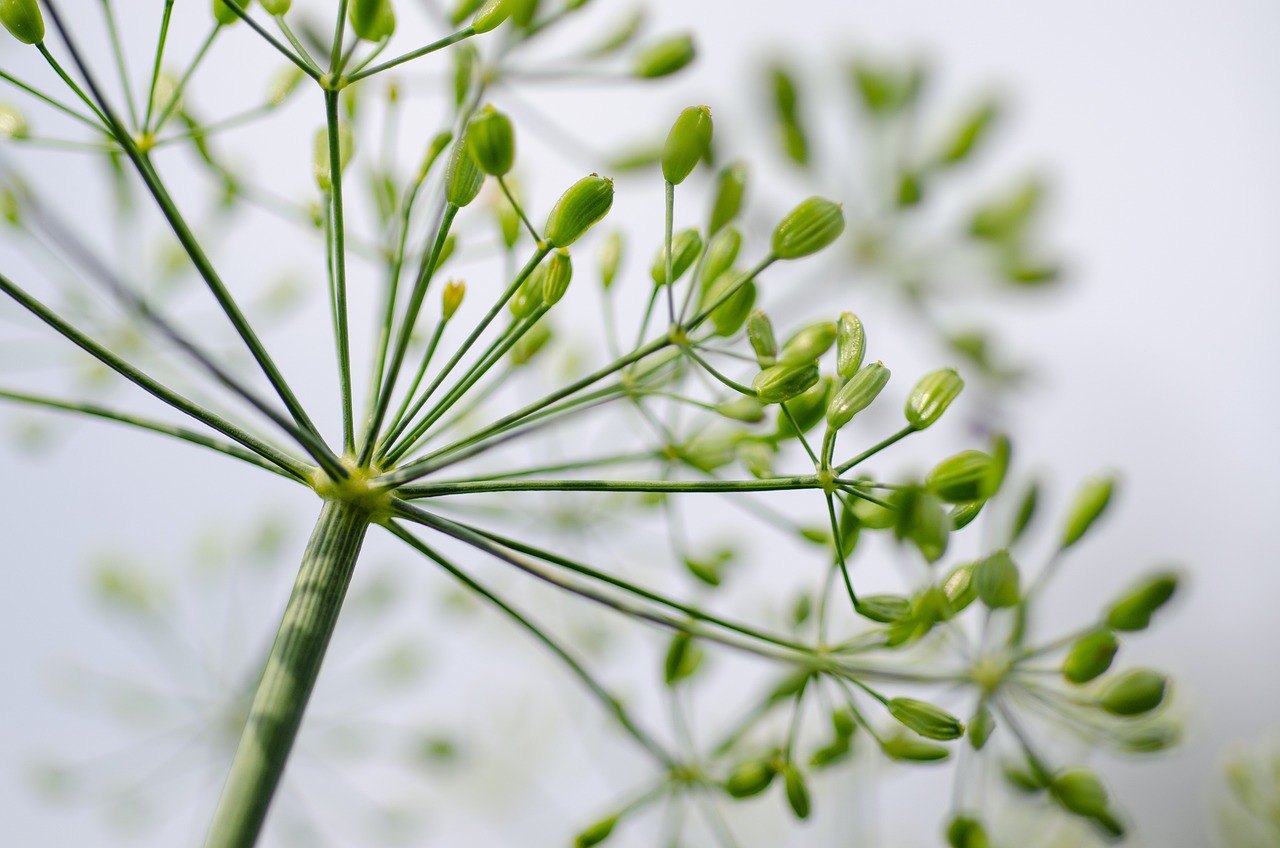
Properly Sealing Spice Containers
Properly sealing spice containers is crucial in maintaining the freshness and flavor of your spices. When spices are exposed to air, light, and moisture, their potency can diminish rapidly. To prevent this, it's essential to store spices in airtight containers that provide a protective barrier against external elements. Glass jars with tight-sealing lids or containers with secure closures are ideal for preserving the quality of your spices.
Additionally, consider the material of the containers when sealing spices. Opt for containers made of non-reactive materials such as glass, stainless steel, or food-grade plastic to prevent any interaction between the spice and the container. This helps in preserving the true flavor of the spices without any contamination.
Another important aspect of properly sealing spice containers is labeling them correctly. Clearly label each container with the name of the spice and the date of purchase or expiration. This not only helps in easy identification but also allows you to track the freshness of the spices and rotate them accordingly.
For bulk spices or larger quantities, consider using vacuum-sealed containers or bags to remove excess air and prolong the shelf life of the spices. Vacuum sealing helps in maintaining the flavor and aroma of the spices by eliminating any exposure to oxygen, which can lead to flavor loss over time.
When storing ground spices or blends, it's advisable to keep them away from direct sunlight and heat sources to preserve their potency. Store spice containers in a cool, dark place such as a pantry or a cabinet away from the stove or oven to prevent degradation due to heat exposure.
By following these tips and techniques for properly sealing spice containers, you can ensure that your spices remain fresh, flavorful, and ready to enhance your culinary creations whenever you need them.
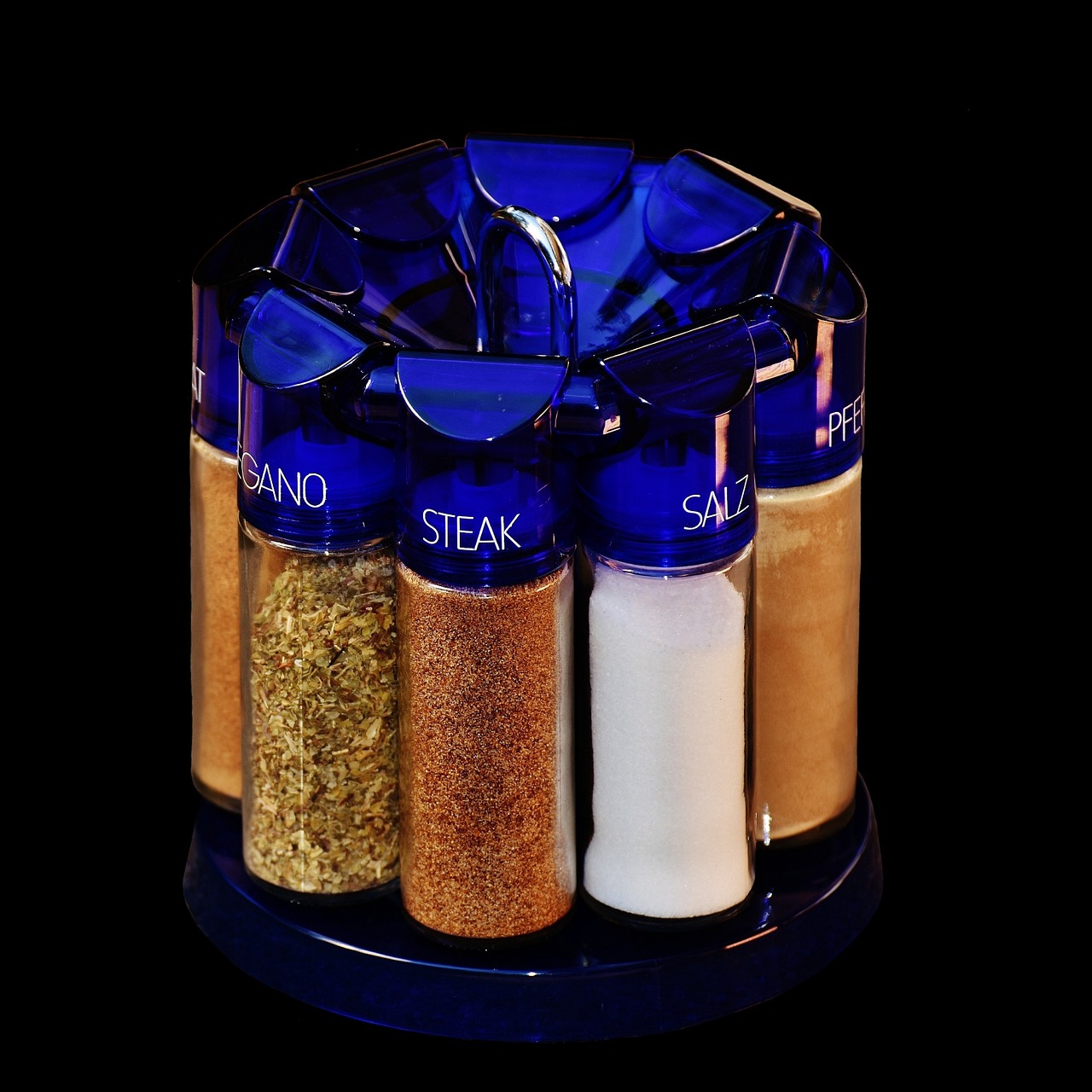
Regularly Reviewing and Refreshing Spices
When it comes to maintaining a well-organized spice collection, regular review and refreshment are key factors in ensuring the quality and flavor of your dishes. Just like a garden needs pruning to flourish, your spice collection requires periodic attention to keep it in top condition.
Imagine your spice rack as a treasure trove of flavors waiting to explode in your culinary creations. But just like any treasure, it needs to be tended to and updated to maintain its value. By regularly reviewing and refreshing your spices, you're not only ensuring the best taste in your dishes but also avoiding any culinary surprises that expired spices might bring.
One effective way to keep track of your spice inventory is to create a spice expiration chart. This chart can help you track the purchase dates of your spices and set reminders for when they need to be replaced. By staying organized and proactive, you can prevent the disappointment of reaching for a spice only to find it past its prime.
Additionally, as you review your spice collection, take the time to inspect the containers for any signs of moisture or clumping. Properly sealed containers are essential for preserving the freshness and potency of your spices. If you notice any issues with the containers, consider transferring the spices to new airtight jars or containers to extend their shelf life.
Refreshing your spices doesn't have to be a daunting task. It can be a fun and rewarding experience to explore new flavors and replenish your collection. Consider incorporating seasonal spices or trying out exotic blends to add a touch of excitement to your cooking routine. By regularly reviewing and refreshing your spices, you're not only enhancing the taste of your dishes but also elevating your culinary skills.
Remember, just like a well-oiled machine, your spice collection needs regular maintenance to function at its best. Embrace the process of reviewing and refreshing your spices as a way to infuse creativity and freshness into your cooking. Your taste buds will thank you for the burst of flavors that come from a well-curated and up-to-date spice collection.
Frequently Asked Questions
- How do I know if my spices are still fresh?
One way to check the freshness of your spices is to perform a visual and smell test. Look for any changes in color, texture, or aroma, as these can indicate that the spice has lost its potency. Additionally, spices that have been stored for a long time are likely to have diminished flavor, so it's a good idea to refresh your spice collection regularly.
- What is the best way to label spice containers?
Labeling your spice containers is essential for easy identification. You can use waterproof and oil-resistant labels to prevent smudging and fading. Consider labeling both the top and side of the container for quick reference. Using clear and concise labels will help you quickly find the spice you need during cooking.
- How can I prevent my spices from clumping together?
To prevent spices from clumping together, you can add a desiccant packet or a few grains of uncooked rice to the spice container. These will help absorb any excess moisture and keep the spices dry. Additionally, storing spices in a cool, dark, and dry place will also help prevent clumping and maintain their freshness.
- Is it necessary to use airtight containers for storing spices?
Yes, it is recommended to use airtight containers for storing spices to maintain their flavor and potency. Airtight containers prevent moisture and air from entering, which can cause spices to lose their freshness. Make sure the containers have tight-fitting lids to ensure maximum preservation of your spices.
- How often should I review and refresh my spice collection?
It is a good practice to review your spice collection every 6-12 months to check for freshness and potency. Discard any spices that have expired or lost their aroma and flavor. Refresh your collection by replacing old spices with new ones to ensure that your dishes are always flavorful and aromatic.



















